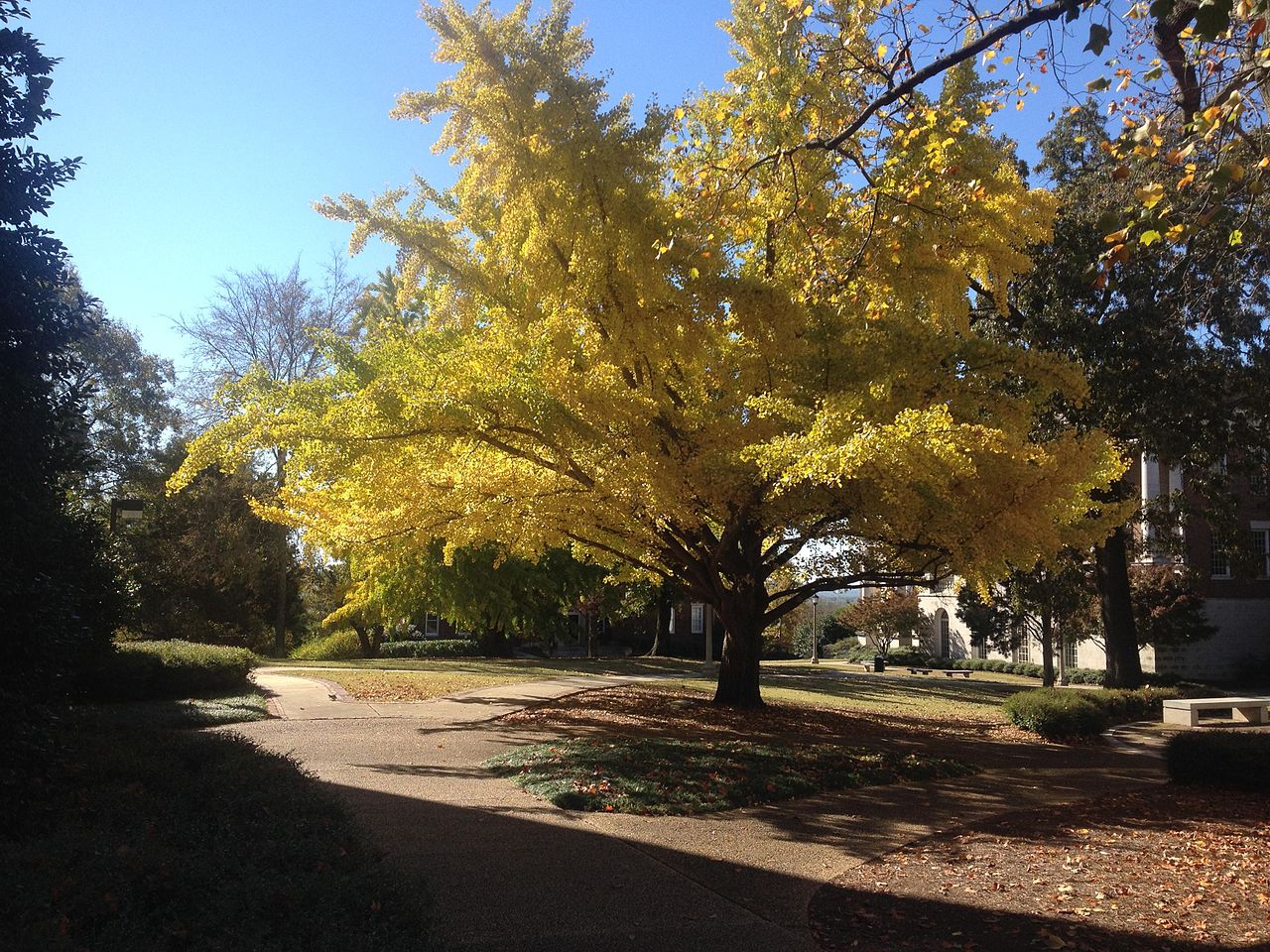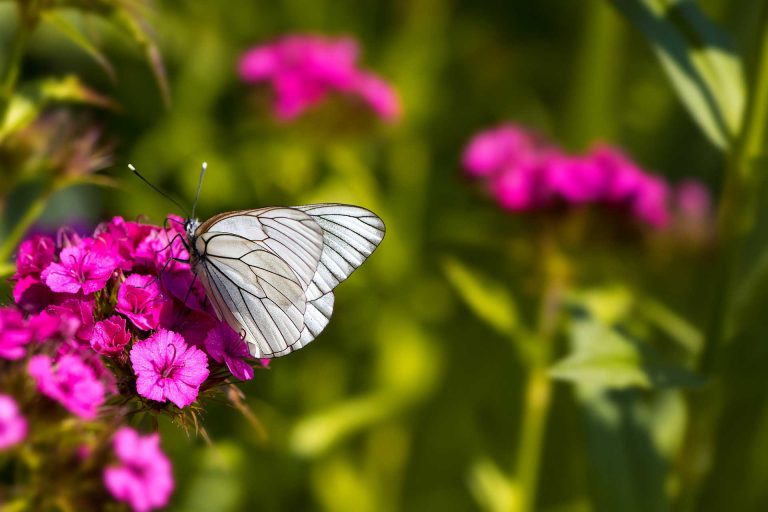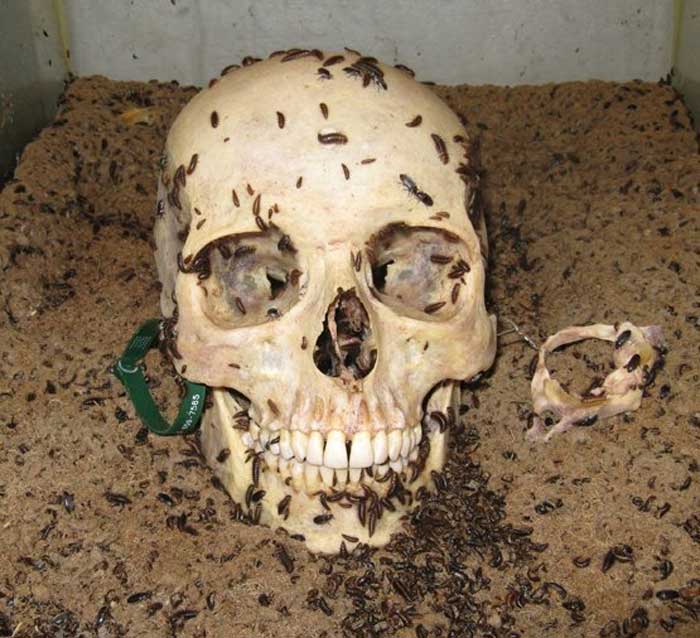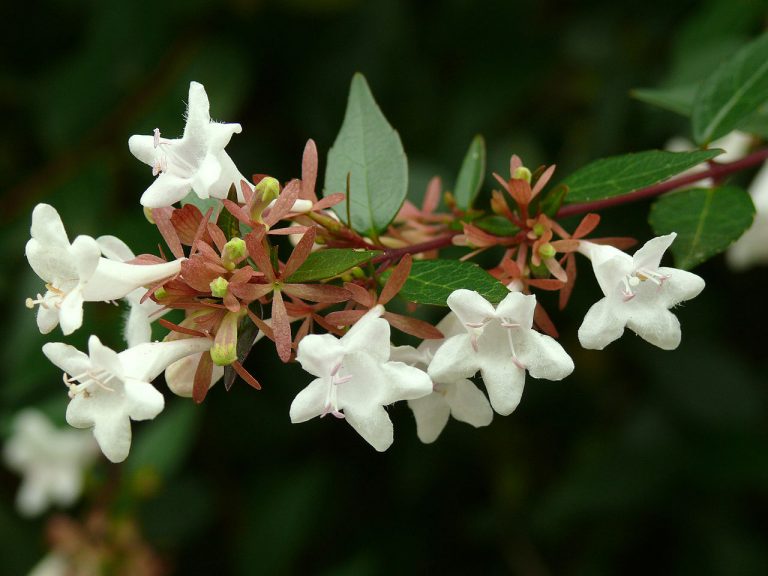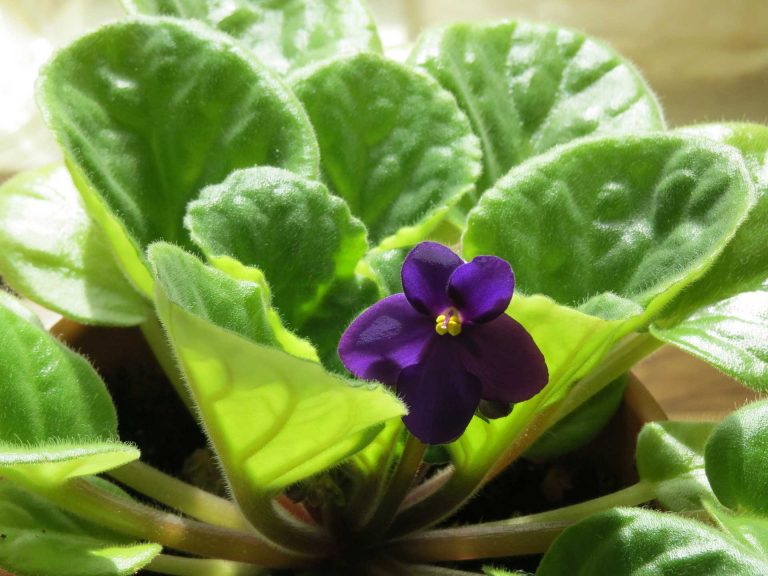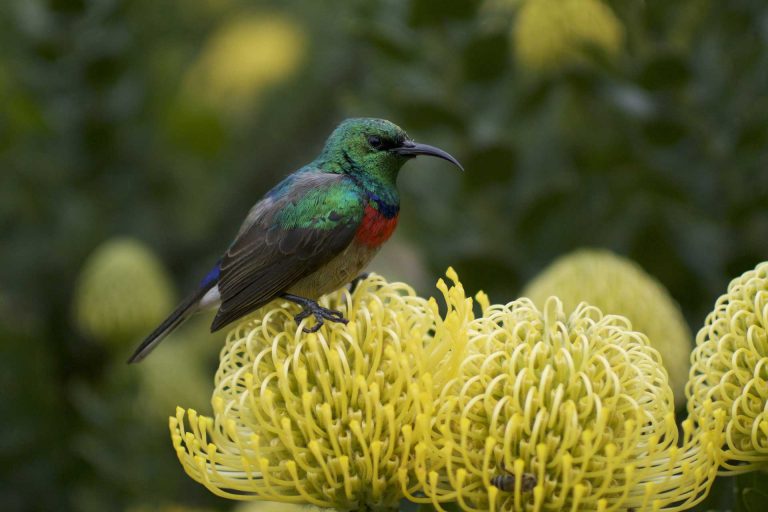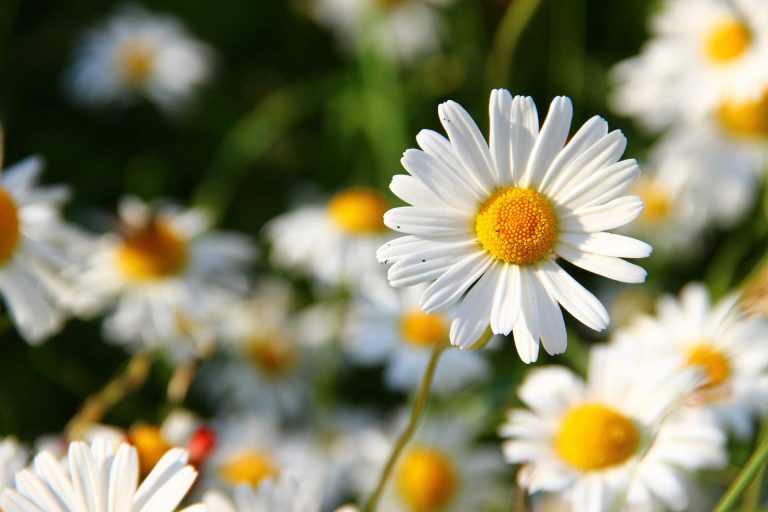Gingko
Scientific Classification
| Division: | Plantae |
| Class: | Equisetopsida |
| Genus: | Ginkgo |
| Order: | Ginkgoales |
| Family: | Gingkoaceae |
| Group: | Gymnosperm |
The gingko tree is a remaining member of the gingko family. Gingko trees are non-flowering plants. They are referred to as “living fossils”. According to the Bellarmine university, the Gingko tree is the oldest living tree in the world. In china one gingko tree, they say, is more than 3000 years old. It is also known as the Maidenhair Tree. Due to their ability to tolerate pollution, the Gingko trees have been used in the United States since the 1700s. Once it establishes, it works as a shade tree. Gingko trees have soft, weak, and light-colored wood. It has a pyramidal shape. The Gingko plant finds use in traditional Chinese medicine. The wind carries the Pollen grains to the female trees. The word gingko means ‘silver apricot’.
Anatomy
The leaves of gingko trees can easily be recognized by its fan-shape. The Japanese people call it ‘tree with duck-feet leaves’. Gingko trees have foul smelling fruits. The leaves of gingko trees are leathery and are 3 inches long. In the fall, the leaves turn yellow. The leaves and nuts of gingko plant are used for medicines. For food and soup the seed of gingko is useful. The wood of gingko tree is used for furniture. The Japanese and Chinese people plant gingko around shrines and temples for their Buddhist Practices. It is also used by Asian culture in their gardens and especially for an important life event. Gingko is also used as an herb for the Sharp memory. In capillaries and arteries gingko increases blood flow rate and prevents blood clotting. Dried leaves of the Ginkgo are used as herbal medicines which are helpful for ears, legs, eyes, brain and heart problems. The leaves of gingko tree are toxic. Generally, the female trees bear the fruits.
Habitats
In New York and Seoul, the gingko tree is found everywhere along the streets. It is a very important plant in the world. In the past, there were many varieties of gingko like-plants. But, now gingko is the one surviving plant. Gingko tree is derived from china. It is ideal for urban areas, because it can survive in the harshest conditions. It is easy to grow the gingko trees.
Planting
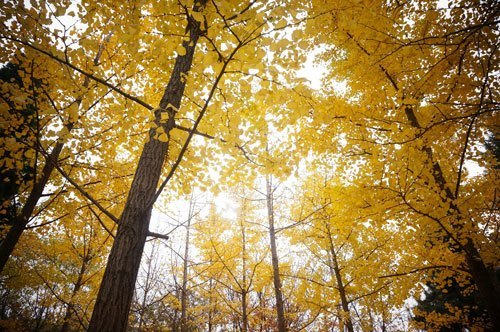
The best time to plant a gingko tree is the spring season. It needs a large hole to contain the roots. After placing the tree in the hole, cover the roots of the tree with soil. Water the whole ground. For the first few months, it grows slowly. It grows best with full sun exposure. It needs partial shade. It will take 20 years to mature.
Care
Gingko tree is easy to care for. Apply fertilizers if needed. If gingko receives a regular supply of water and it grows rapidly. It needs fertilizers, two times in a year.
Soil
A moist, deep, well drained and fertile soil is good for gingko tree. Gingko has an adaptable quality, so it can grow in all types of soils. It does not need so much mulch. Ginko needs only light mulching. The soil requires air for good growth. Gingko trees need fewer hours of sunlight in a day.
Watering
The gingko tree requires water and fertilizers occasionally. The best time to prune gingko tree is from the winter season to the spring season. The gingko tree grows well on low nutrients. It needs watering carefully in the first growing season.
Pests and Pesticides
Gingko tree is a pest free tree. It is easy to grow gingko in the garden. Gingko is planted as landscape trees in the gardens. It does not need spraying. Gingko tree is resistant to viral, bacterial disease, pests and fungus. It is also resistant to radioactive radiation, sulfur dioxide pollution and ozone. The root infection of gingko tree is only caused by Mycorrhizae infection, but, it does not show any major effect. Some organic fertilizers remove this infection.

Having discovered a fondness for insects while pursuing her degree in Biology, Randi Jones was quite bugged to know that people usually dismissed these little creatures as “creepy-crawlies”.

